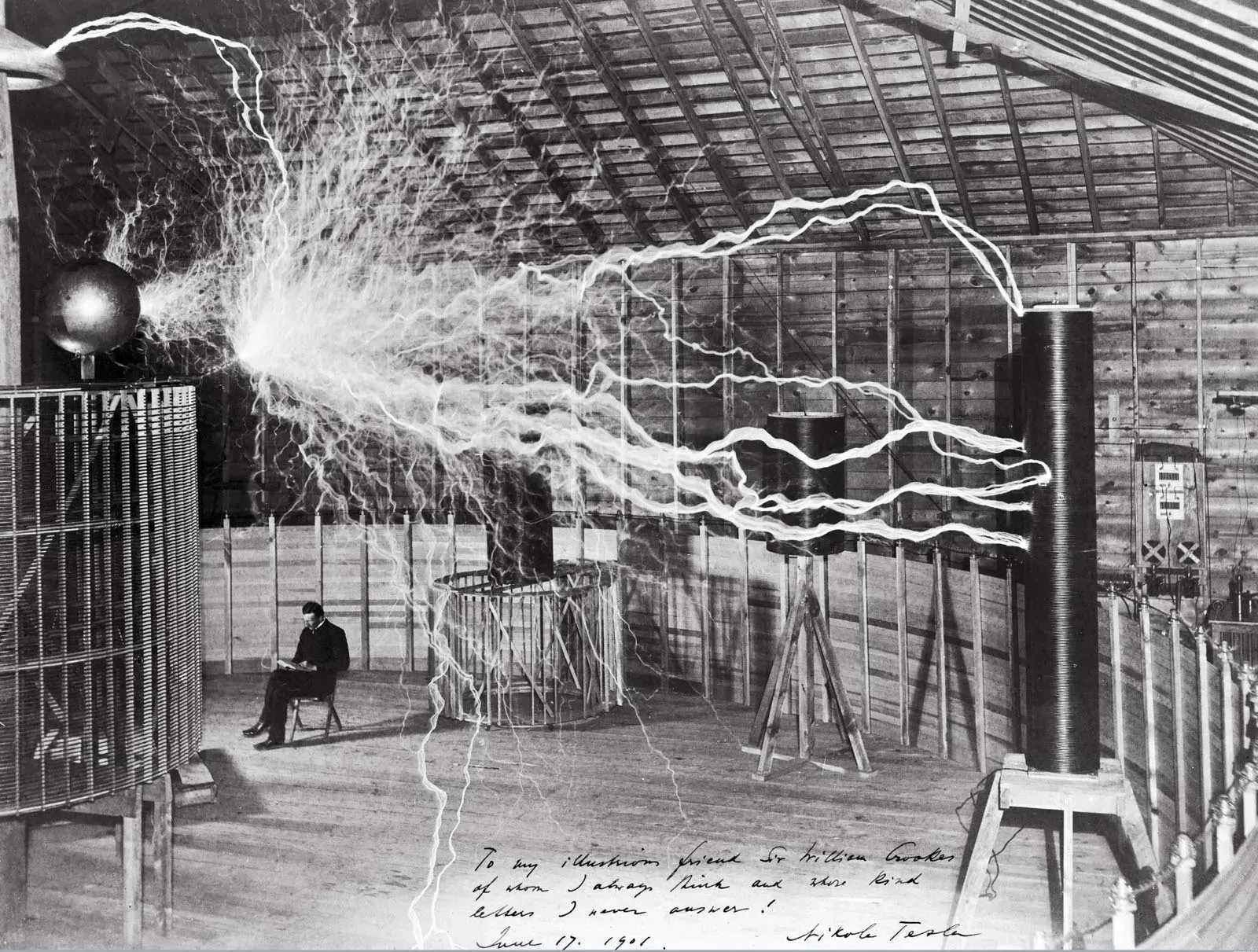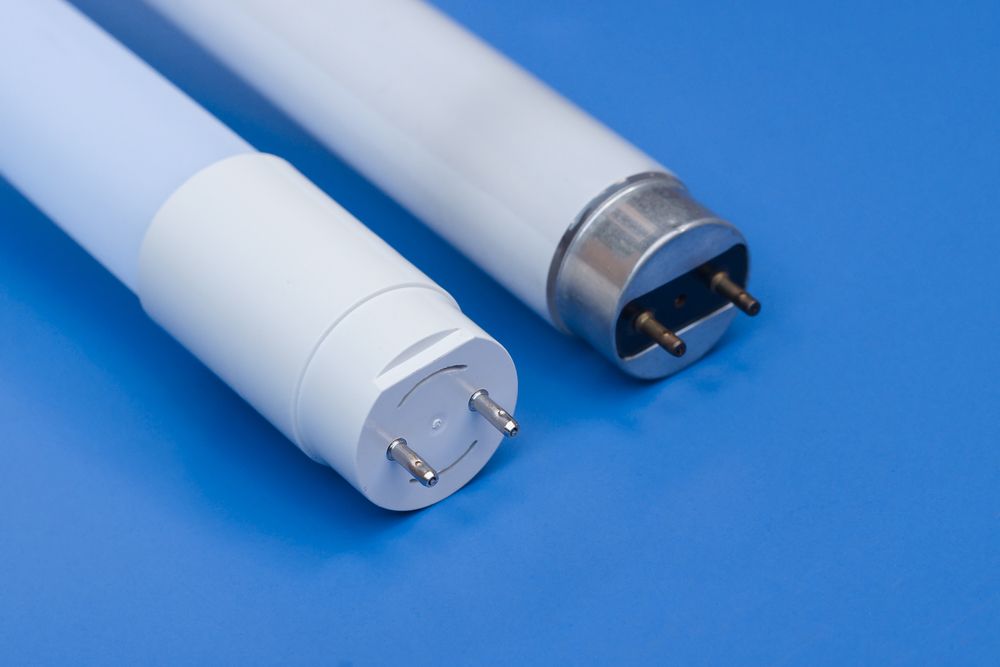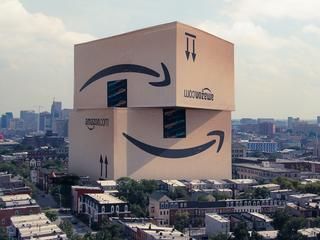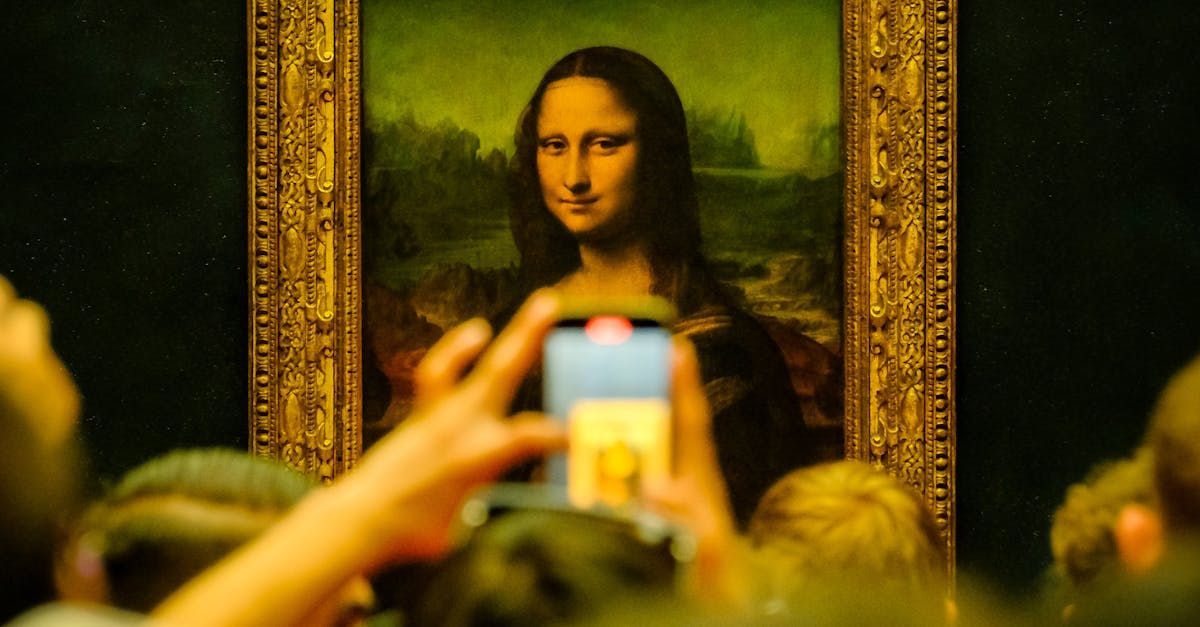From Edison and Tesla to Today:
Illumination's Evolution

The evolution of lighting technology, a journey illuminated by the brilliance of human ingenuity, stretches back to a pivotal moment in 1879. This was the year Thomas Edison introduced the world to the first practical incandescent light bulb, a beacon that would illuminate the path to modernity. Edison's invention was not merely a source of light; it was the dawn of an era that would fundamentally transform human existence, extending the day into the night and reshaping societies around the globe. However, Edison's incandescent bulb was not without its rivals, most notably the innovations introduced by Nikola Tesla, leading to a riveting saga of competition and scientific progress.
Edison's incandescent light bulb, with its warm, inviting glow, was a marvel of its time. Using a carbon filament enclosed within a vacuum, Edison's bulb was capable of providing continuous illumination for hours on end, a feat previously unattainable. This breakthrough was not just a technical achievement; it was a symbol of human potential, a demonstration of how technology could harness the elemental forces of nature for the betterment of society.
Yet, the story of lighting technology is one of relentless innovation and competition. Enter Nikola Tesla, a visionary inventor and engineer, whose contributions to electrical engineering were nothing short of revolutionary. Tesla's work on alternating current (AC) power systems presented a direct challenge to Edison's direct current (DC) systems, setting the stage for a historic confrontation known as the "War of the Currents." Tesla's innovations extended to lighting technology as well, with his development of the fluorescent lamp in the late 1890s. These lamps, which used a gas-discharge process to produce light, were more efficient than Edison's incandescent bulbs and offered a different quality of illumination.
The competition between Edison's incandescent bulbs and Tesla's innovative lighting solutions epitomized the dynamism of the era, driving technological advancements that would lay the foundation for the future of lighting. This rivalry, while fierce, was a catalyst for innovation, pushing both inventors to further refine their technologies and contributing to the broader development of electrical infrastructure and lighting applications.
As the 20th century progressed, the landscape of lighting technology underwent significant transformations. The introduction of tungsten filaments, halogen lamps, and eventually compact fluorescent lamps (CFLs) marked successive leaps forward in efficiency, lifespan, and light quality. Each of these developments carried profound implications for private life and society. The ability to produce brighter, more reliable light at lower costs democratized access to artificial illumination, turning night into day in homes, streets, and workplaces around the world. This, in turn, facilitated a surge in productivity, extended working hours, and enhanced the safety and security of urban environments.
However, the true revolution in lighting technology awaited in the 21st century with the advent of light-emitting diode (LED) technology. LEDs represented a quantum leap in efficiency, durability, and environmental sustainability, offering a versatile solution that could be adapted for an array of applications, from domestic lighting to urban infrastructure. The impact of LEDs on society has been profound, enabling significant reductions in energy consumption, contributing to the fight against climate change, and opening up new possibilities for smart lighting systems that can adapt to our needs in real-time.
The evolution of lighting technology, from Edison's first incandescent bulb to the sophisticated LED systems of today, is a testament to the power of human creativity and persistence. Each advance has not only pushed the boundaries of what is technologically possible but has also had a ripple effect on society, shaping how we live, work, and interact with our environment. The competition between Edison and Tesla, far from being a mere historical footnote, underscores the importance of diverse approaches to innovation, reminding us that progress often comes from the tension between competing visions of the future.
As we stand in the glow of our modern, illuminated world, it's worth reflecting on the journey that brought us here. The lights that brighten our cities and homes are far more than mere conveniences; they are beacons of human achievement, symbols of our relentless quest to conquer the darkness and bring light to the darkest corners of our world. The evolution of lighting technology is not just a chronicle of scientific progress; it is a narrative of how vision, rivalry, and collaboration have lit the way to a brighter, more enlightened future.












